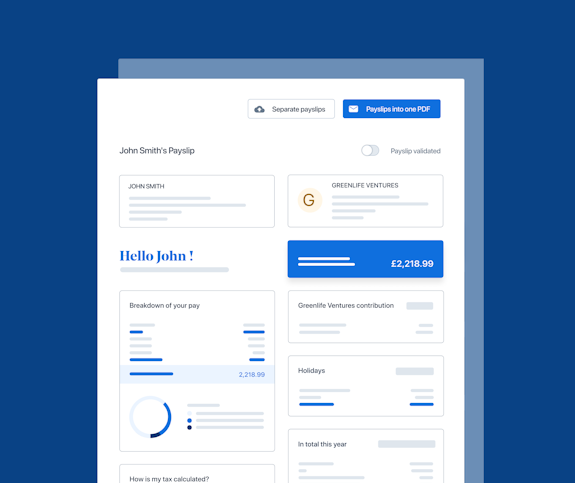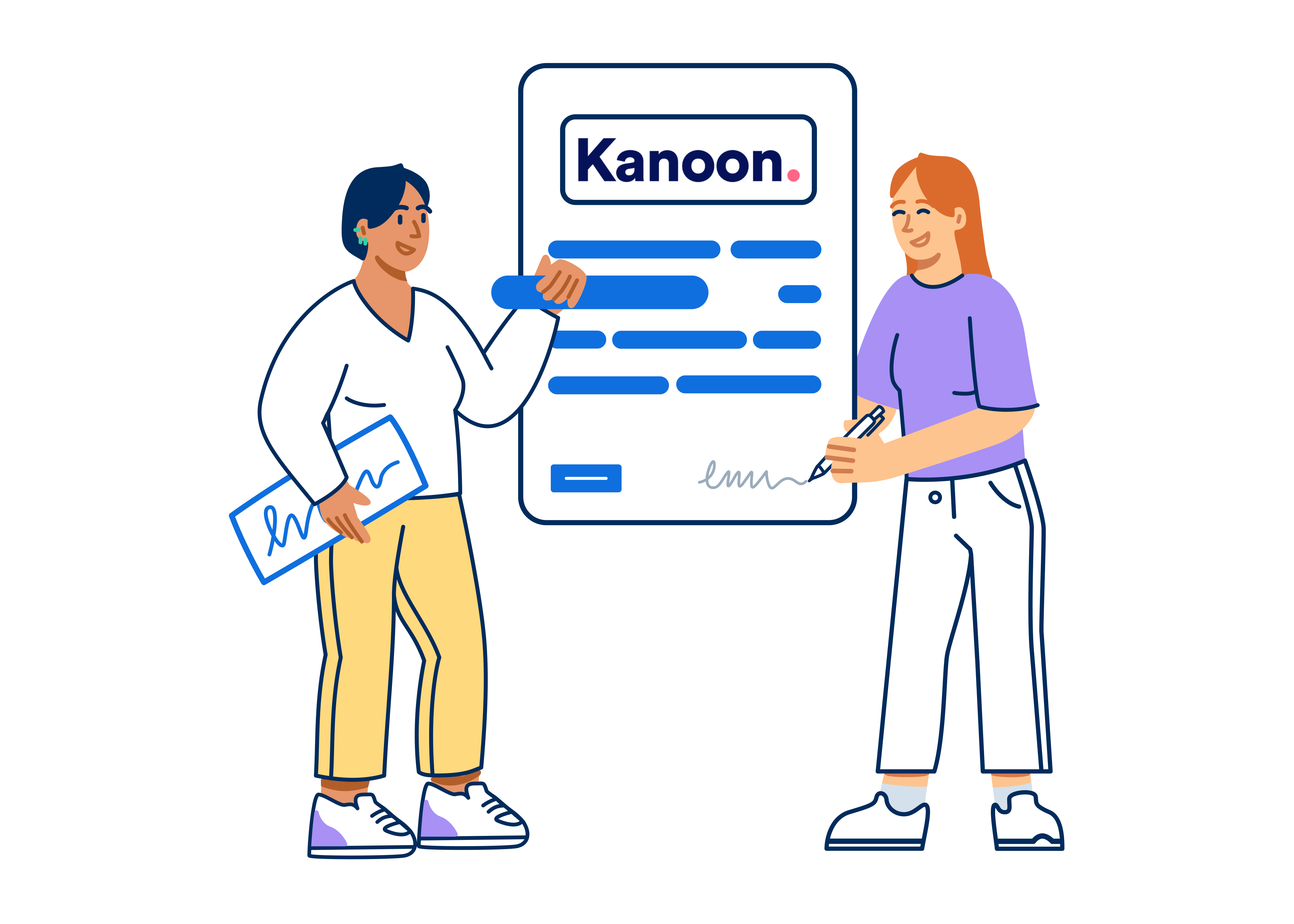- Blog
- |People management
- >Salaries & Benefits
- >VAT registration
What is Employment Status & Why Is It Important For HR Teams?


Employment status can be hard to determine in some circumstances, which is why we’ve put together this easy-to-consult guide for when you come across non-standard or unusual hiring cases.
Read on to find out what the different types of employment status are in the UK, what your obligations are as an employer and how to conduct an employment status check.
Employment status - what is it?
An employment status is a way of defining the rights and specific protections a person is entitled to at work. It also sets out what an employer is responsible for in providing these rights and protections; in other words what they owe to that employee.
Every time you hire a new employee, you must assign them a work status, that way you are clear on what your duties and responsibilities are, or are not.
For some businesses that hire only one type of employee, that might be easier to work out. But for those hiring multiple types, things can get a little more complicated.
Why is it important?
In the UK, employment status can have a big impact on the way an employee works, which is why it’s so important to get this right.
Choose the wrong one, and this can create headaches. For one, the work status you assign someone isn’t just a technical label - it can actually play a part in shaping the relationship you have with that employee, such as when an employee is a self-employed contractor.
Opting for the wrong employee classification can also result in your company overspending on employment security when it doesn’t need to, such as providing key benefits or different types of leave to employees who should be classed as workers.
It also opens the door for conflict to erupt within your team, say if there isn’t agreement on who should be available when and for how long to work.
What are the three types of employment status in the UK?
So what are the different types of employment status here in the UK?
Altogether, an employee can be one of these three classifications:
Employee
Worker
Self-employed
These employment status types all provide different levels and kinds of entitlement for employees. Let’s review what these are.
Employee status
This employment status includes anyone hired under an employment contract and perhaps offers the most security and stability. In exchange for that stability, however, the employer is expected to offer a much more robust employment package than they would for workers and self-employed individuals.
At a minimum, people classed as ‘employees’ enjoy all the rights workers have (as detailed below) as well as a range of additional rights and protections. In other words, people falling under this category must be provided with:
Statutory Sick Pay (SSP)
Statutory Redundancy Pay (SRP)
Statutory parental leave and pay, such as maternity, paternity, adoption and shared parental leave and pay
Protection from unfair dismissal
Minimum notice periods
and, as of recently, the right to request flexible work
That’s in addition to all of the rights afforded to workers. But these rights come at the cost of some freedoms for employees - for instance, they must commit to show up and work every week for a set amount of time, within specific working hours.
Worker status
‘Worker’, on the other hand, is a more casual type of classification. While workers enjoy some rights, they won’t be entitled to all the security and protections that employees are afforded, including things like sick and parental leave.
In employing workers, you must ensure they:
are being paid the National Minimum Wage (NMW)
have paid holiday they can take
are receiving payslips detailing their pay
are protected against unlawful discrimination
Unlike an employee, workers in the UK can enjoy a much more flexible working arrangement. For instance, employers can’t force workers to accept certain work or shifts offered. But then workers aren’t entitled to all the benefits available to full or part-time employees. So there’s a tradeoff.
Self-employed
Finally, there are the self-employed. In simple terms, these people are working for themselves, whether that’s as a freelancer, contractor or through a business they’ve set up. These people are the only ones responsible for the success of their venture - not the clients or company they produce work for.
These contractors aren’t automatically entitled to any of the employment rights described above. That being said, they will usually have a contract in place with their client(s) which outlines their availability, how they like to be paid (fee based, retainer or on a project-by-project basis) and other obligations those engaging their services need to abide by.
How do you determine someone’s employment status in the UK?
Knowing what status you should classify an employee under can be both straightforward and complex. Here are some employment status indicators to look out for.
Employees
In general, a person can be defined as an employee if they:
have a contract of employment (which can either be written up or verbal)
work pretty regularly unless they are taking leave
receive and take paid holiday
undergo official procedures when being made redundant
work a minimum set amount of hours
are barred from subcontracting their work to another person or organisation
Workers
Workers, on the other hand, usually:
have an agreement in place to perform certain work or services
turn up for work, even if they don’t want to
like employees, cannot subcontract their work to other workers or employees
don’t own their own company (e.g. in the case of a self-employed person)
Self-employed
As for self-employed individuals like contractors, you might recognise them given:
they don’t take holiday or sick pay when they’re not working
they provide quotes or estimates for the work they’re about to produce
once the work is done, they submit invoices to collect payment

How should I go about classifying a new hire?
Now that we’ve gone over each of the main classifications and what makes them different, it becomes much easier to classify new hires.
Still, in each case, it’s important to think about the nature of the work you’re asking someone to do, and whether or not that truly relates to the classification you want to give someone.
For instance, how long is the work you’re asking them to do going to take? Will it be a short n’ sweet project or something more ongoing? Does the work have to be done by a specific time or can it be completed at any point?
Answering these questions should help you truly assess whether the category you’ve chosen for an employee is the right one and will reflect their working arrangement best.


A UK 4-Day Working Week - Thoughts On Labour’s Plan

Running payroll - A Guide For New Businesses

The Alabaster Ruling & Maternity Pay - A Guide For Employers

The End Of Zero Hours Contracts? Implications For Businesses

What is the HM Revenue and Customs Starter Checklist


